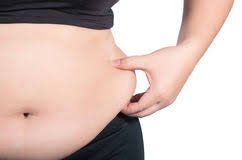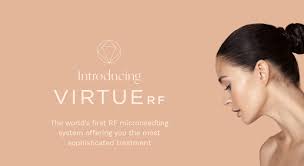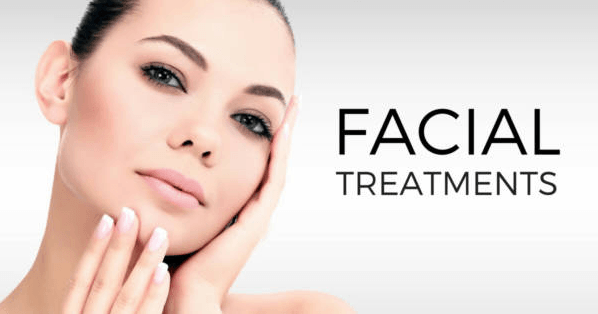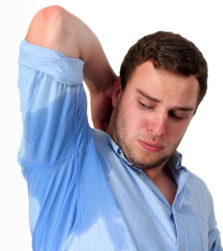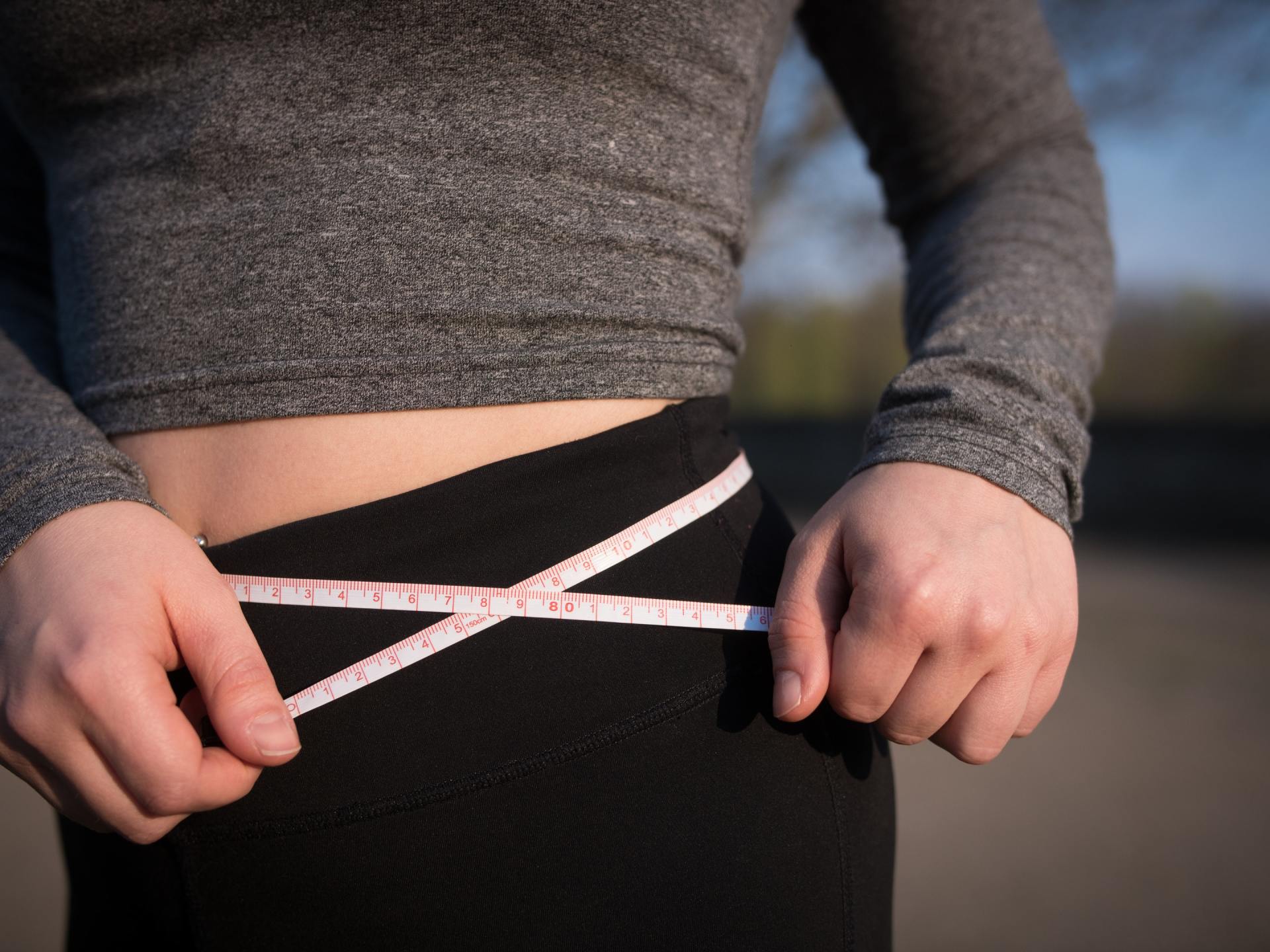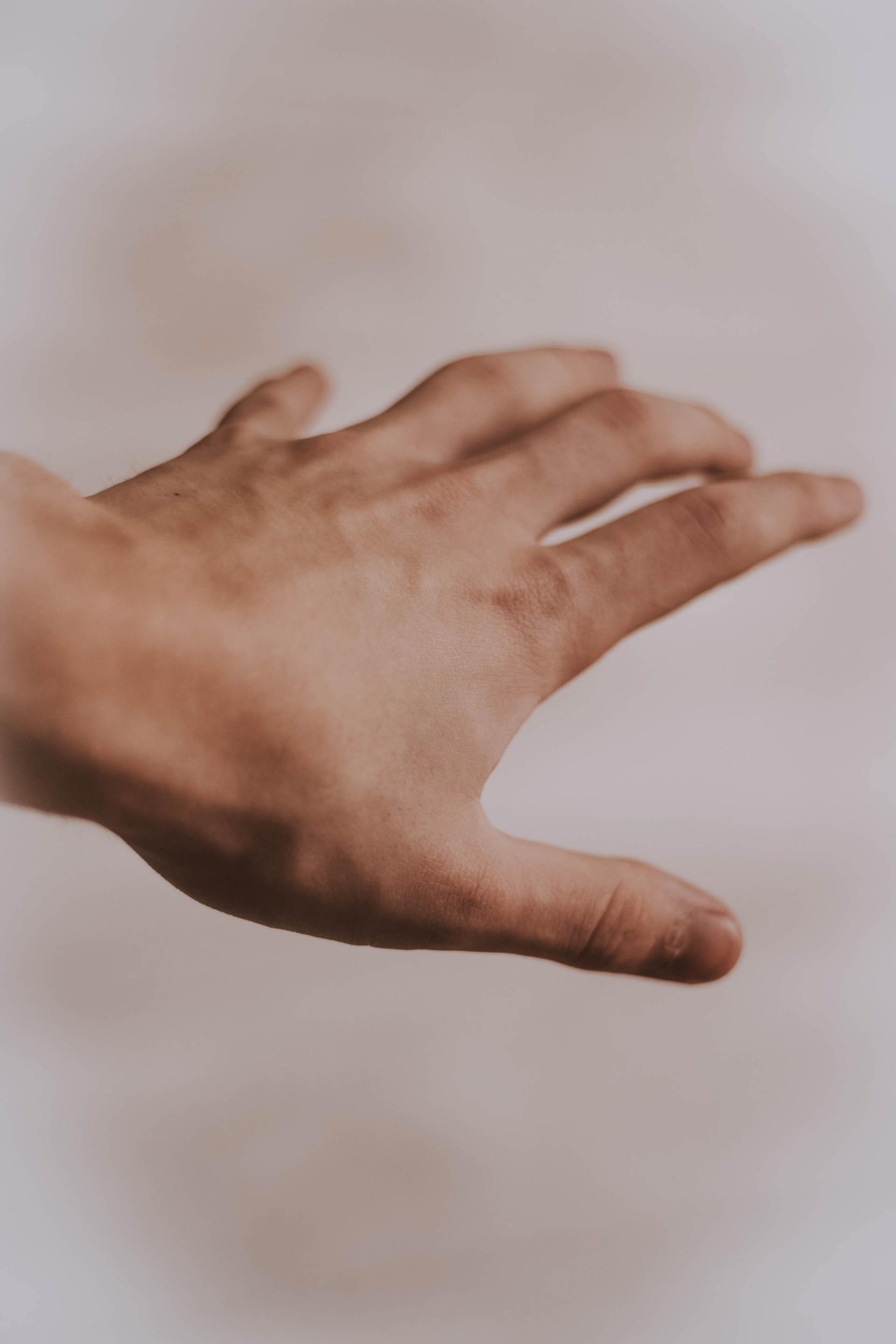Regional Body Fat Reduction
Russell Gornichec • June 19, 2019
Body Sculpting
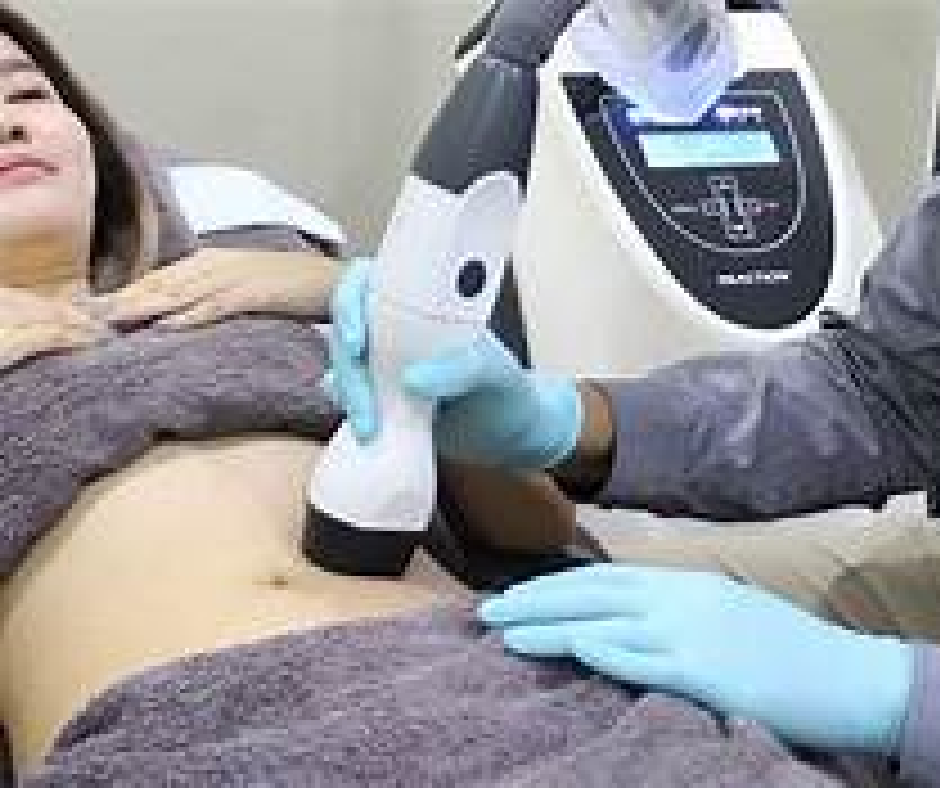
BODY SCULPTING refers to the directed reduction of fat accumulation in a specific body region targeted by various modalities. This differs from total body fat reduction (weight loss) that refers to the entire body reduction of excess fatty tissue through catabolism.
Contact Us
Sometimes when a person combines calorie reduction, protein supplementation and with appropriate levels of increased exercise the body will reduce excess stores of body fat. Often the reduction is seen in specific regions prioritized by genetics, body shape and a multitude of other sometimes uncontrolled variables. These locations may leave certain areas of the body resistant to fat reduction. We sometimes call these “problem areas” or weight loss resistant regions. The result in total body fat through surgical or non-surgical means may leave an individual frustrated about these regions that persist in retaining excess body fat.
Body sculpting is one way to address these areas independently and the best results are seen when combined total body fat reduction and body sculpting are used together.
Body sculpting options
(Not an all-inclusive list) and some commercial examples.
• Invasive
-Liposuction $$$
• Noninvasive
-Combined Ultrasound Radiotherapthy -RF (Ultherapy $$)
-Hydrolipoclasy (Kybella injections $$)(Mesotherapy injections $)
-Radiofrequncy-RF (V-Form $, Thermage $)
-Cryolipolysis (Coolscultping $)
-Laser Fat Reduction (Sculpsure $$)
Each technique has its advantages and disadvantages and the costs are significantly different. Some techniques take longer for results and involve more than one treatment visit. Pain, discomfort and downtime are other aspects to consider when deciding the best option.
By now, you may already have an idea on how an RF treatment works with regards to aging problems common to both men and women. But how exactly does anyone benefit from RF body sculpting techniques and how does it compare to other forms of treatment options?
I will also briefly compare the Radiotherapy (V-Form) vs Cryolipolysis (cool sculpting) modalities.
Benefits of Radiofrequency (V-Form) Body sculpting Treatment
1. Diminishes or Removes Cellulite (also seen in liposuction, Ultherapy)
Given how women’s skin vary from men, part of their uniqueness to men is the affliction of cellulite being gender-selective to them. Cellulite is a skin issue commonly found around the buttocks and at the back of the thighs where people generally store body fat.
RF treatment, however, can address the skin problems caused by cellulite. Cellulite occurs when excessive fat stores in a certain region cause contraction of fibrous bands and this can result in skin dimpling usually associated with cellulite. Reduction of fat stores, disruption of fibrous bands, tightening of dermal skin can all help to reduce the excessive fat deposits as the cause of cellulite.
2. Regional Directed Reduction of Body Fat (seen in all modalities)
Looking at the anatomical level, both cellulites and general obesity have one thing in common – the problem lies with the excessive fatty tissues beneath the skin’s superficial and lower layers.
Luckily, the RF treatment can address the issue of excessive body fats among us regardless of age. The resulting heat energy of the RF treatment causes destruction of a percentage of the underlying fat cells (adipocytes) and the disrupted excess fatty tissue is then removed by the body’s lymphatic system.
3. Tightening of the Skin (also seen in Ultherapy)
Partly what makes skin wrinkles so obvious sometimes are the clear lines that are creased over an elderly person’s skin often as a natural result of the aging process throughout the years.
Others whose skin problems are not limited to wrinkles simply have excessively lumpy and stretched skin, possibly as a result of a sudden decrease in weight.
By applying the RF treatment, deep-seated soft tissues of the dermis are stimulated which facilitates healing through the production of new collagen tissues that are reactive towards the RF waves. This increase in collagen can result in decreasing laxity and resulting in overall skin tightening.
This therapy (performed simultaneously with fat reduction and cellulite intervention) can be utilized to address the loose skin sometimes manifested with weight loss as well as other causes of loose skin (aging, sun damage, etc.).
4. Post-operative Liposuction Smoothing
Not all who go through the process of liposuction have a 100% smooth finish to the affected area. Some individuals end up with noticeable lumps and bumps on the area where body fats were surgically removed, often a not-so-pretty sight in comparison to well-toned and proportional skin tissues and muscles.
Although there are existing measures that address this issue among post-operative liposuction patients, RF treatment can also be employed as a non-surgical treatment for the issue of bulging and sagging skin sometimes occurring after liposuction.
5. Can safely be used in the face and neck regions difficult for Coolsculpting and liposuction techniques.
Comparison of Radiofrequency vs Cryolipolysis techniques
Radiotherapy (V-Form) vs Cryolipolysis (CoolSculpting)
You have choices when it comes to non-invasive procedures for reducing fat, tightening skin and treating cellulite.
What is CoolSculpting (cryolipolysis)?
Cryolipolysis is a method to remove fat by freezing. This FDA approved method released in 2010 involves controlled application of cooling within the temperature range of -11 to +5 °C for the localized reduction of fat deposits. The degree of exposure to cooling causes cell death of subcutaneous fat tissue, while avoiding damage to the overlying skin. The premise is that underlying fat tissue is more easily damaged by cooling temperatures than skin cells by applying cooling applicator to skin surface of bulging body fat region. To avoid frostbite skin damage a set time period of cooling and a specific temperature range are predetermined. The resulting reduction in tissue temperature above freezing results in cell death, followed by a localized inflammatory reaction and reduction of fatty tissue in the area of application.
Adverse effects include transient local redness, bruising, pain and numbness of the skin. These are common side effects of the treatment and are expected to subside. Typically sensory deficits will subside within 3-4 weeks. A less common side effect with more severity is something called paradoxical (abnormal) adipose (fat) hyperplasia (unusual increase in a structure), or PAH for short. Instead of the fatty tissue gradually shrinking, the tissue bulge after cryolipolysis actually gets bigger and usually becomes firmer than surrounding tissues, sometimes having a “stick of butter” appearance that resembles the shape of the cryolipolysis applicator. This tissue damage is thought to be more common then originally thought and may require surgical removal to correct unsightly deformities.
Typical cost per treatment area varies depending on location. Price in the US ranges from $650 to $1,500, per area to be treated. Treatment time for general use/application is 35–60 minutes per site, depending on the applicator used. In the U.S., the cryolipolysis procedure is FDA-cleared for the treatment of visible fat bulges in the thigh, abdomen and flank, along with bra fat, back fat, underneath the buttocks, and upper arm. It is also FDA-cleared for submental area treatments.
Cryolypolisis Cons:
With both modalities the fat reduction is a gradual process, so you won’t notice a difference immediately. If you want to achieve a slimmer look for summer or specific event, you’ll need to schedule your treatment in advance. Some patients report that the cryolipolysis procedure is painful and you may need to take a pain reliever after the procedure. Cryolipolysis works exclusively on fat cells. It doesn’t have the capacity to tighten skin.
How is Viora V-Form different from CoolSculpting?
Radiotherapy has been available for medical use for the last 80 years. The utilization of this modality for body sculpting has been undergoing an evolution for the last 2 decades. Several years ago Viora developed the combination of vacuum utilization and RF therapy to improve the ability of this modality to address regional body fat tissues in a safe, pain free method.
Viora V-Form vacuum-radiotherapy is a painless treatment, cleared by the FDA for body fat reduction, which uses a combination of radio frequency (RF) waves and vacuum therapy to reduce fat and tighten skin. The treatment consists of targeting fat cells initially and then redirecting the frequencies to target the dermis at 2 distinct depths to address skin tightening and collagen formation. The simultaneous reduction of fat cells and dermal tightening is believed to be the mechanism for cellulite reduction.
Your Viora V-Form practitioner applies glycerin oil and then uses a handpiece that emits RF waves combined with vacuum therapy to treat the target area. Each treatment lasts 15 to 45 minutes, and you’ll need between 6-8 treatments for optimal results. Viora V-Form requires more visits to your practitioner than cryolipolysis, but each session is painless and shorter than a Coolsculpting session.
Viora V-Form Advantages over Coolscuplting Fat Freezing:
Treats the face, neck and body, including the nasolabial folds, chin and “jowls”
Tightens skin on the arms, back, abdomen and other areas. Coolsculpting doesn’t have skin tightening capabilities.
Is a quick, painless procedure. Each session is shorter than Coolsculpting procedure but a patient may need more sessions. Most patients can return to normal activity immediately.
The Viora V-Form practitioner can tailor the treatment to every patient’s needs by using one of four RF frequencies. This includes Viora’s fourth, multi-frequency mode, powered by CORE technology. What this means is that if a patient needs more fat reduction in a certain area the therapy can be tailored to compensate vs. someone with recent weight loss and redundant skin who would need more skin tightening than fat cell reduction.
Disadvantages are rare but due to the thermal properties of this technique issues like skin burns/blisters and other thermal injuries can occur.
Whichever therapy is chosen it is recommended to have a skin region tested prior to treatment protocol initiation to decrease the risk of injury and to prepare expectations
I cannot stress enough that body sculpting is a cosmetic technique and does not replace the health benefits of medical (total) weight reduction. I advise all my clients/patients that body sculpting is a good tool but should be used in coordination with a medical weight loss program to optimize results, reduce the potential of body fat return and improve overall health parameters.
All of the non-invasive body sculpting techniques are improved by good hydration. Patients will optimize their own results regardless of the modality by making sure that their cells are well hydrated at the time of the procedure. This means drinking plenty of water on a daily basis to make sure the fat cells are more amenable to energy reception and disruption.

Types of hair removal (not all-inclusive list) Shaving : (cheap, easy, quick, duration 1-3 days) Cutting the hair shaft at skin level with a sharp razor. The easiest method we rely on, and one of the cheapest, is also one that can leave our skin bumpy, stubbly and even bloody. When hair is cut at an angle it may tend to grow inward and cause “ingrown hairs” especially if curly in nature. This may cause inflamed and bumpy skin (infection) that may not resolve until hair is removed. Depilatory creams : (more expensive than shaving, easy, quick, 1-2 weeks duration) This technique uses chemicals that dissolve the hair shaft to skin level or a little below. Less likely to get ingrown hairs. Just make sure to read labels and follow instructions very carefully, and to test the cream on a small patch of skin on your arm or leg to check if you’re allergic and before trying it on more sensitive areas. Depilatory creams dissolve hair in minutes, but they tend to smell like wet dog mixed with gasoline. Waxing : ($, painful, duration is like depilatory creams) Waxing involves applying hot or cold wax to an area and removing the wax, together with the body hair, with a strip of cloth. This breaks the hair shaft at skin level or below. You can do it on your legs, underarms, bikini area, eyebrows, and upper lip – but it’s best left to the professionals. If you’re a seasoned “waxer” and know what to expect in terms of pain and aftercare, ready-to-use wax strips can be locally purchased and utilized as DIY. Sugaring : ($, can be DIY, similar duration to waxing) Sugaring is like waxing, but the method uses sugar mixed with a paste or gel instead of wax. It’s a traditional hair-removal method popular in the Middle East. Recommend having it professionally done if it’s your first time to try it out. Reportedly less painful. Threading: (cheap, quick, painful, longer duration than shaving) Threading involves twisting a piece of thread together (hence, the name) to trap hair in the area where the thread intersects. By doing this, each hair is pulled out from the root, like tweezing or waxing. Small areas of the body are best for threading, like your eyebrows or upper lip. Results like waxing but for areas sensitive to waxing or creams. Threading is best done by a professional, especially if you’re getting it done on your eyebrows for quality shaping. Usually a cooling gel is applied afterwards to reduce redness and swelling. Tweezing : (cheap, easy, quick, painful, similar duration to waxing) Plucking hair with tweezers causes hair shaft breakage and is usually used in fine sensitive areas, DIY or professionally performed. Because tweezing involves removing hair one by one, this won’t work so well on large areas. Tweezing would be best for removing strays post-shave or wax. Attempt to tweeze in the direction of the hair growth. Epilation : (special equipment, painful, similar duration to waxing) Epilation is like high-tech tweezing. An epilator has a series of small tweezer heads on a spinning wheel and plucks out your hair from the root as you roll it over your skin. If this sounds painful its because it usually is. Eflornithine hydrochloride cream (Vaniqa) : ($$, possible side effect, long duration hair follicle growth deterent) Not an exfoliant that dissolves the hair shaft but reduces hair growth by enzymatic blockage. Women who feel they have been plagued by little chin hairs or thick facial hair can now benefit from this effective, but costly, prescription product. After approximately two months of twice daily use, the cream slows down hair growth. Electrolysis : ($$, time consuming, less painful, permanent hair follicle eradication) Usually performed by a professional who places a tiny needle with an electric current in the hair follicle. There are two primary hair removal methods with electrolysis: galvanic and thermolytic. -Galvanic hair removal chemically destroys the hair follicle. -Thermolytic removal uses heat to destroy the follicle. In either case be sure to find a professional who is highly trained and knowledgeable. You can get electrolysis on any part of the body. Electrolysis is a permanent way to remove hair. That said it is possible to see hair growth in a region previously treated. The secondary growth you see will not be the same hair that has been treated. It takes anywhere from three to ten weeks for some hair to grow, and a percentage of hairs in a given area can lay dormant under the skin. Important Note: Permanent hair removal applies to follicle damage of active growth hair unit. Because hair can be in one of four growth stages only about 25-30% of any given hair shaft seen at skin surface is amenable to follicular damage. After spending the time and energy of electrolysis on a given area it is sometimes frustrating to find hair growth returning weeks or months later. These represent hair shaft/follicles that were not seen or were missed by prior treatments.


